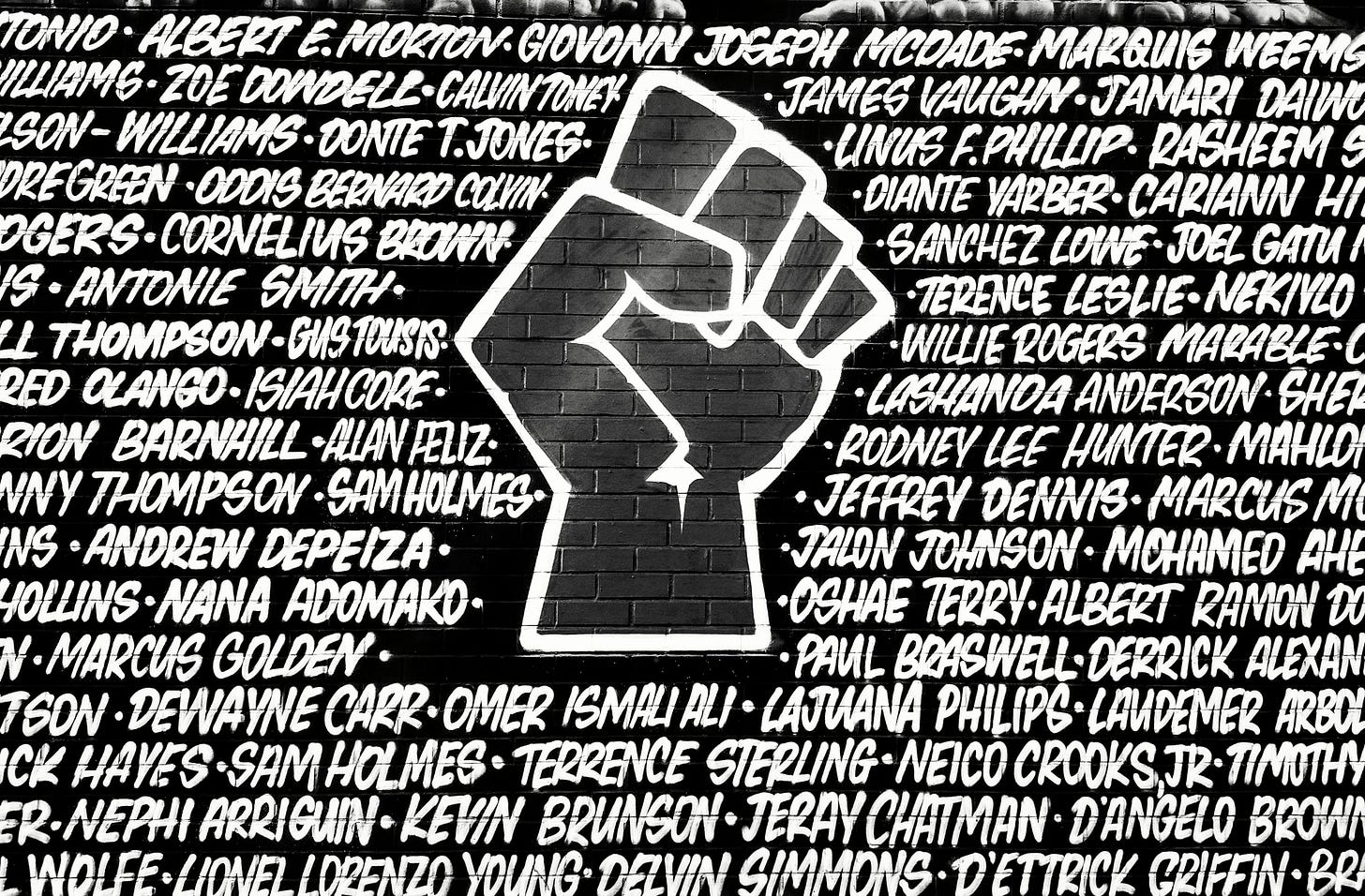Enhancing Diversity in Newsrooms: Moving Beyond Limited Hiring Solutions
Diversity within newsrooms represents a multifaceted blend of people, races, backgrounds, groups, and organizations, fostering a rich environment of perspectives and inclusion.
The issue of diversity in newsrooms has long been a complex conversation, largely due to the historical dominance of white men in mainstream media. The prevailing lack of diversity not only leads to the underrepresentation of non-white individuals on news channels but also contributes to the trivialization of minority stories compared to mainstream narratives. While hiring a more diverse workforce is a step in the right direction, it remains a limited solution, as implicit biases persist even after diverse candidates are brought in.
Implicit bias continues to cast a shadow over newsroom dynamics, affecting how stories are chosen and produced. Even after diverse individuals are hired, they may find themselves constrained by editorial preferences and commercial priorities. Stories centered on racial, BIPOC, disabled, LGBTQ+, or intersectional issues often take a backseat to those deemed more sensational, perpetuating a cycle that prioritizes popularity over-representation. Despite instances where diversity has proven impactful, the approach of hiring diversely falls short due to its inability to address the root causes of these issues.
Effective journalism is not solely about who's hired, but about whose voices are amplified and considered "expert" on specific matters. Minority journalists frequently encounter challenges in getting their stories heard and may be pressured to align with prevailing editorial directions. This dilemma becomes a business question, wherein newsrooms gravitate toward stories that generate more views, relegating diverse perspectives to the periphery. This highlights the need for a broader shift that encompasses not only racial diversity but also gender, disability, and other minority representations within newsrooms.
Sunny Dhillon's article, "Journalism While Brown and When to Walk Away," vividly illustrates the systematic biases ingrained in newsroom decisions. Dhillon's experience underscores the difficulties non-white journalists face in advocating for stories that may be deemed less "mainstream." This resonates with the sentiment that diverse journalists are often confined to a narrower set of topics, perpetuating the lack of diversity in coverage.
Similarly, the challenges faced by disabled journalists, exemplified by Sean Dogwood's podcasting approach, highlight the structural barriers they confront. Lack of resources and inadequate support for their perspectives underscore the need for a more inclusive newsroom environment that fosters equal participation and representation.
The persistent underrepresentation of BIPOC journalists across Canada, overshadowed by white male counterparts, underscores a deeply rooted issue. Initiatives to diversify newsrooms can't be confined to surface-level hiring; they must address systemic obstacles that perpetuate inequality. The experiences of journalists like Desmond Cole in advocating for important issues, such as defunding the police, further highlight the challenges of discussing racism with white audiences.
In moving toward a solution, it's vital to recognize that diversity goes beyond the visible; it necessitates a cultural transformation. The anecdotal examples of limited representation among Sikhs and Indigenous communities underscore the necessity for a comprehensive overhaul of hiring practices and newsroom dynamics.
In conclusion, enhancing diversity within newsrooms is an imperative that transcends mere recruitment efforts. While hiring diverse talent is a step in the right direction, it's crucial to recognize that it's only a beginning. The larger issue lies in systemic biases and editorial tendencies that perpetuate a lack of representation. Newsrooms must become platforms for authentic and varied voices, breaking free from established norms and championing stories that reflect the mosaic of society. To achieve this, an industry-wide cultural shift is necessary—one that acknowledges the limitations of current practices and takes a bold step toward fostering an inclusive and representative media landscape.


